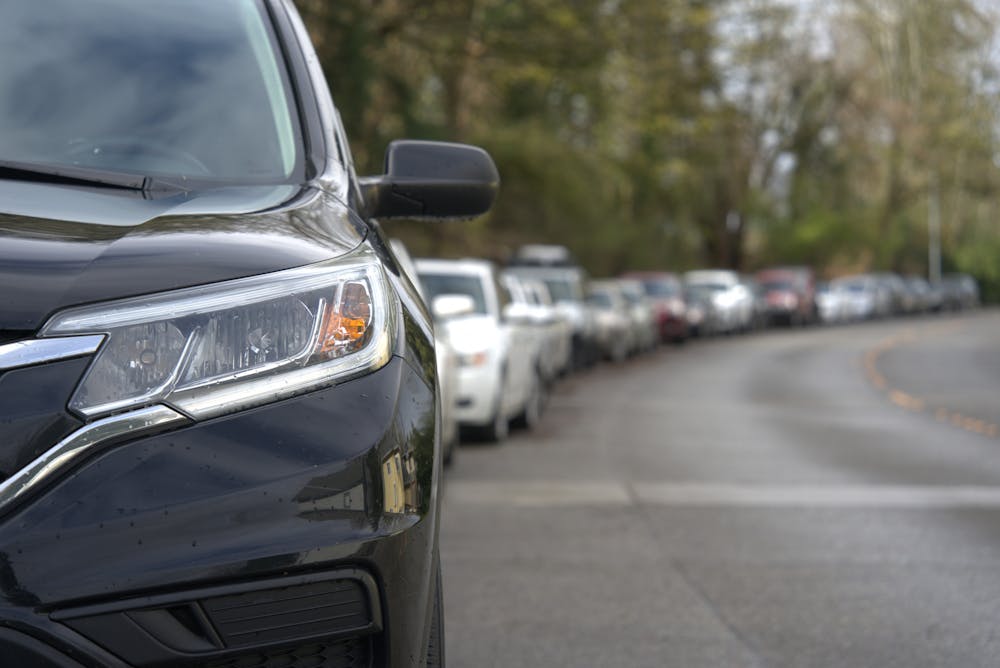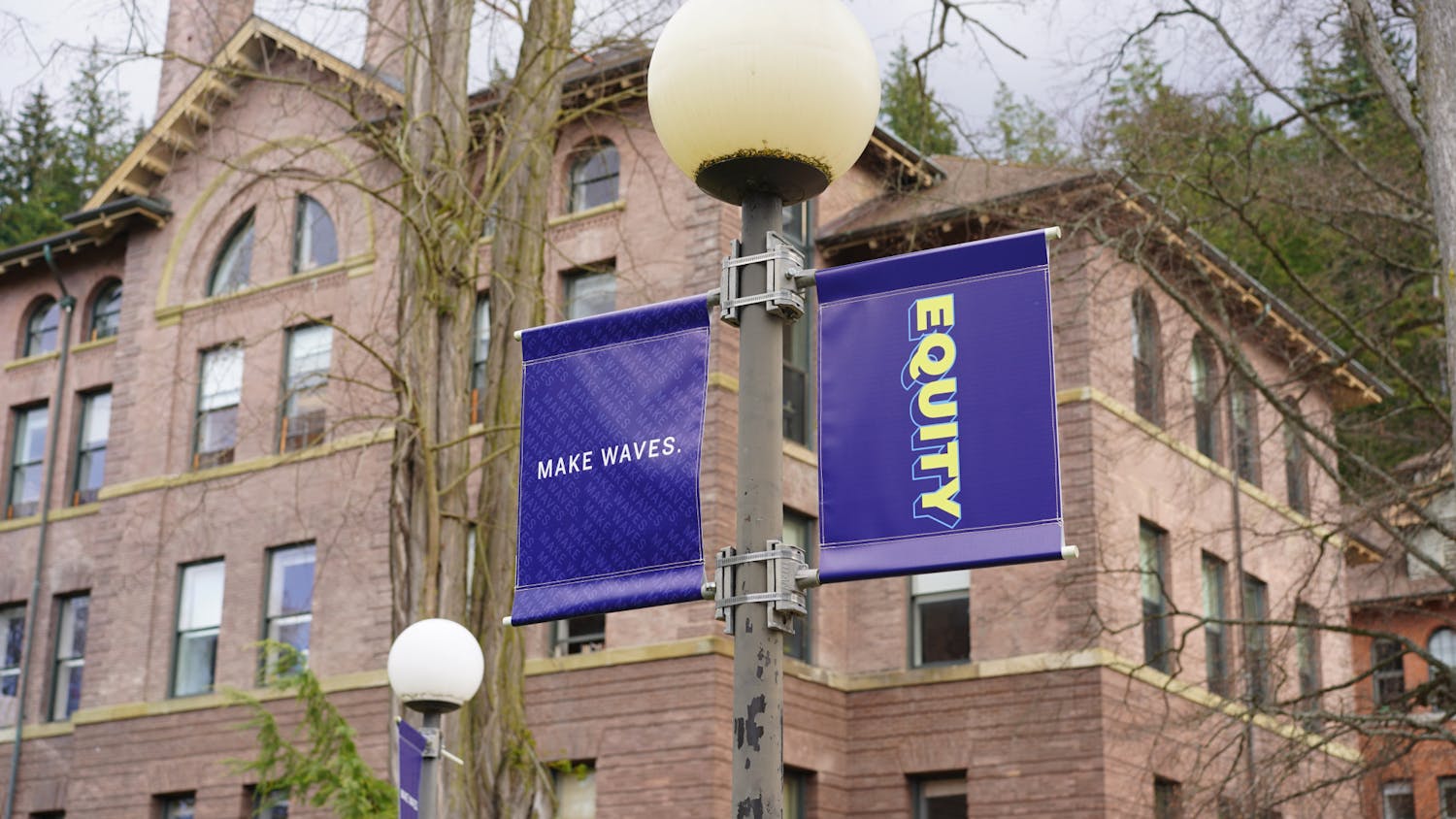Parking continues to be a problem for the residents neighboring Western Washington University’s campus in Bellingham. With the addition of multi-unit apartment buildings in combination with Bellingham’s housing market, more and more non-student residents are finding their way into homes around the area.
James Invernon, a resident of the Sehome neighborhood bordering Western’s north campus, says parking has become an everyday burden.
“I work early in the mornings, I leave at five in the morning and then come home around one in the afternoon. On the weekdays, it’s smack dab during school hours, and being two or three blocks from campus makes the parking already full by the time I get home,” Invernon said.
Invernon said it’s easier to park around their house in the evenings than in the middle of the day.
Invernon isn’t a student at Western; they moved to the neighborhood due to the affordability of housing and the central location within the city.
Shelby Zimmerman, Western’s transportation services manager, said the university works with the City of Bellingham and surrounding neighborhoods to educate students about residential parking.
Zimmerman said Western encourages alternative modes of transportation, such as walking, cycling, riding the bus or carpooling.
Blake Lyon, director of planning and community development for the City of Bellingham, said parking has been an issue in the Sehome neighborhood for a while.
“It is certainly something that warrants continued discussion and careful deliberation as new development comes into the community,” he said in an email.
Lyon said there are multiple factors contributing to the limited parking around Western’s campus. One of the biggest factors contributing to parking issues is neighborhoods’ ages. Both the Sehome and South Hill neighborhoods were built in the late 1800s and early 1900s, when cars weren’t a staple in everyday life.
Lyon said that these old homes have been renovated into student housing, leading to more cars per residency. Most homes were originally built for single-family use, but are now rented out by students, who fit more people into houses in order to get cheaper rent.
A familiar message is displayed on the front page of Western’s transportation website. It reads, “Parking on campus and in the surrounding neighborhoods is extremely limited and parking regulations are strictly enforced. A valid WWU parking permit is required to park in all Western parking lots.”
An annual, quarterly or summer-rated parking pass is needed to park in one of Western’s 2,347 parking spots. An annual commuter parking pass costs $372 dollars. Assuming that every parking spot was paid for using an annual pass, the school would net an annual $873,084 on parking alone.
“There are several commuting options that students can use to lower the cost of parking on campus,” said Zimmerman.
It is recommended that students take advantage of their Western ID Card, which allows them free access to the Whatcom Transportation Authority bus system. If students don’t live near an active bus line, they have the option to park at the Lincoln Creek parking lot and take a bus from there to campus. An annual Lincoln Creek parking pass costs $102 dollars.
Zimmerman also mentioned the slew of park-and-rides in both the Whatcom and Skagit counties that students can utilize when commuting from further distances.
Lyon says that from a planning perspective, they want to provide safe and enjoyable neighborhoods that allow for walking, biking, rolling and more.
“While these efforts should accommodate vehicles and the associated parking needs, it is also important not to overemphasize the infrastructure needed to support one form,” Lyon said. “Throughout this country we have seen examples of communities that have made excessively wide streets, huge surface parking lots, etc., at the expense of the communities’ character, losing walkability, impacting water quality, reducing usable open space.”
Spencer Arps (he/him) is a campus life reporter for the Front. He is a semi-professional mountain bike athlete, product photographer, Bellingham born and raised, and enjoyer of Whatcom County's natural beauty. On a daily basis you can find him picking bluegrass tunes, holding a camera or riding his bike.






